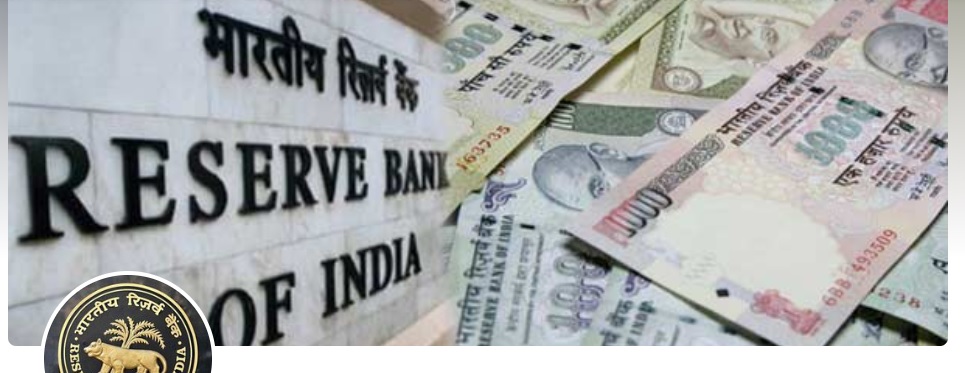Looking ahead, geopolitical conflicts, geoeconomic fragmentation, commodity price volatility, climate change, ageing populations and weakening productivity weigh on the global economic outlook

FinTech BizNews Service
Mumbai, 27 December, 2024: Following the synchronised global monetary tightening undertaken during 2022- 23, inflation has been easing, while economic activity is on course for a soft landing. This had prompted major central banks to start cutting policy rates in 2024. The last mile of disinflation, i.e., alignment with targets, is, however, turning out to be challenging and accompanied by bouts of volatility in global financial markets. Looking ahead, geopolitical conflicts, geoeconomic fragmentation, commodity price volatility, climate change, ageing populations and weakening productivity weigh on the global economic outlook, according to the Reserve Bank of India’s Report on Trend and Progress of Banking in India 2023-24, released on 26 Dec, 2024.
After the banking sector turmoil in certain advanced economies (AEs) in 2023 was quelled by prompt policy actions that forestalled a systemic crisis and potential spillovers, the global banking sector shows signs of resilience, with strong capital buffers, improved profitability, rising non-interest income and comfortable asset quality. However, the number of vulnerable banks with weak risk indicators is rising, particularly in Asia.